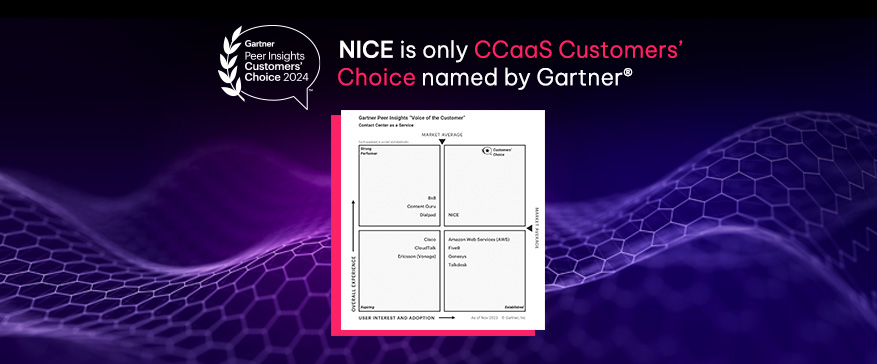What do weddings, the World Series, and contact centers have in common? They all require immense amounts of advance planning to be successful.
In the case of contact centers, schedules are prepared weeks, even months, in advance, with the goal of ensuring that the right employees are available at the right times to meet demand. They’re optimized, then fine-tuned, then optimized again, reviewed and revised many times over, all in hopes that each day goes just according to plan.
But what happens when uncertainty strikes, such as a major outage or severe weather, causing one’s best-laid plans to go awry? Today’s successful contact centers have workforce management solutions that allow them to adjust to intraday deviations—without impacting customers.
Monitoring—and Responding to—Changing Conditions
Your workforce management team’s work isn’t done when the schedule is published. There are times when agents need to change their schedules or the business needs to revise its schedules. In fact, many contact centers find that re-forecasting and re-simulating several times a day can help them meet customer demand without overstaffing.
NICE WFM enables contact centers to monitor and respond to intraday changes automatically—no supervisor intervention required. Its artificial intelligence (AI) simulator, which accounts for the entire WFM process from forecasting to scheduling to real-time execution, uses a configurable rules engine to monitor intraday changes in staffing and key performance indicators by the minute. That means the simulator can detect a rapidly deteriorating situation before it’s too late.
NICE WFM then generates new schedules for the remaining intervals of the day and notifies agents of the pending changes. Once the changes are accepted, the solution updates the agents’ schedules, even down to the optimal time to take a break.
NICE Employee Engagement Manager (EEM), an optional module that uses AI-enabled behavioral decisioning to respond to intraday staffing opportunities, takes workforce management a step further. EEM presents agents with opportunities to work extra hours or take voluntary time off based on the business’ KPIs, making agents partners in intraday management.
EEM’s adaptive breaks and lunches capabilities also help contact centers manage intraday change. Consider, for example, a day in the life of one agent whose contact center manages intraday deviances manually:
- After a particularly long call stretches into the agent’s scheduled break by five minutes, the agent receives an adherence penalty.
- The agent takes the issue up with their supervisor, arguing that it’s not fair that they have been penalized for actively taking care of a customer.
- The supervisor has to spend time investigating the incident, then requesting that the WFM team make an exception and remove the penalty.
The result of this single five-minute deviation? The agent, the manager, and the workforce management team all need to interrupt their day to resolve the issue.
EEM helps contact centers avoid these types of situations by automatically adjusting the break or activity based on business rules, so the agent is not penalized for handling a long call. It will also adjust the schedule while considering net staffing requirements, ensuring that the customer's experience will not be adversely affected.
It’s inevitable that things won’t go according to plan; hoping that they will—or relying on a team of WFM analysts to manage changes manually—is not an effective strategy in today’s complex, multi-channel contact center. Learn more about how
NICE WFM’s intraday management capabilities are enabling contact centers across industries to analyze and react to changes and reduce the time spent manually adjusting schedules.









